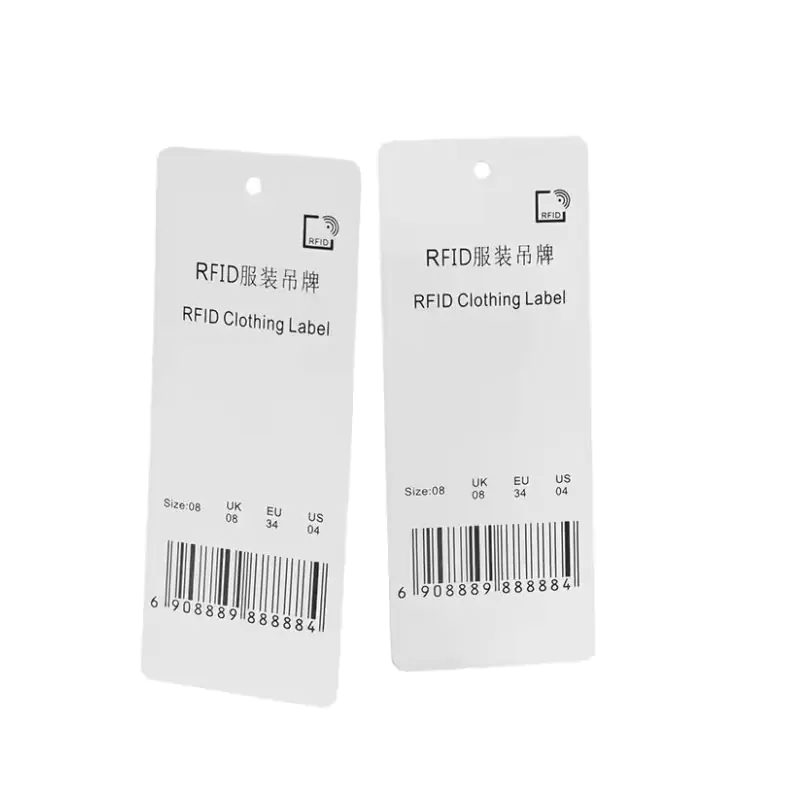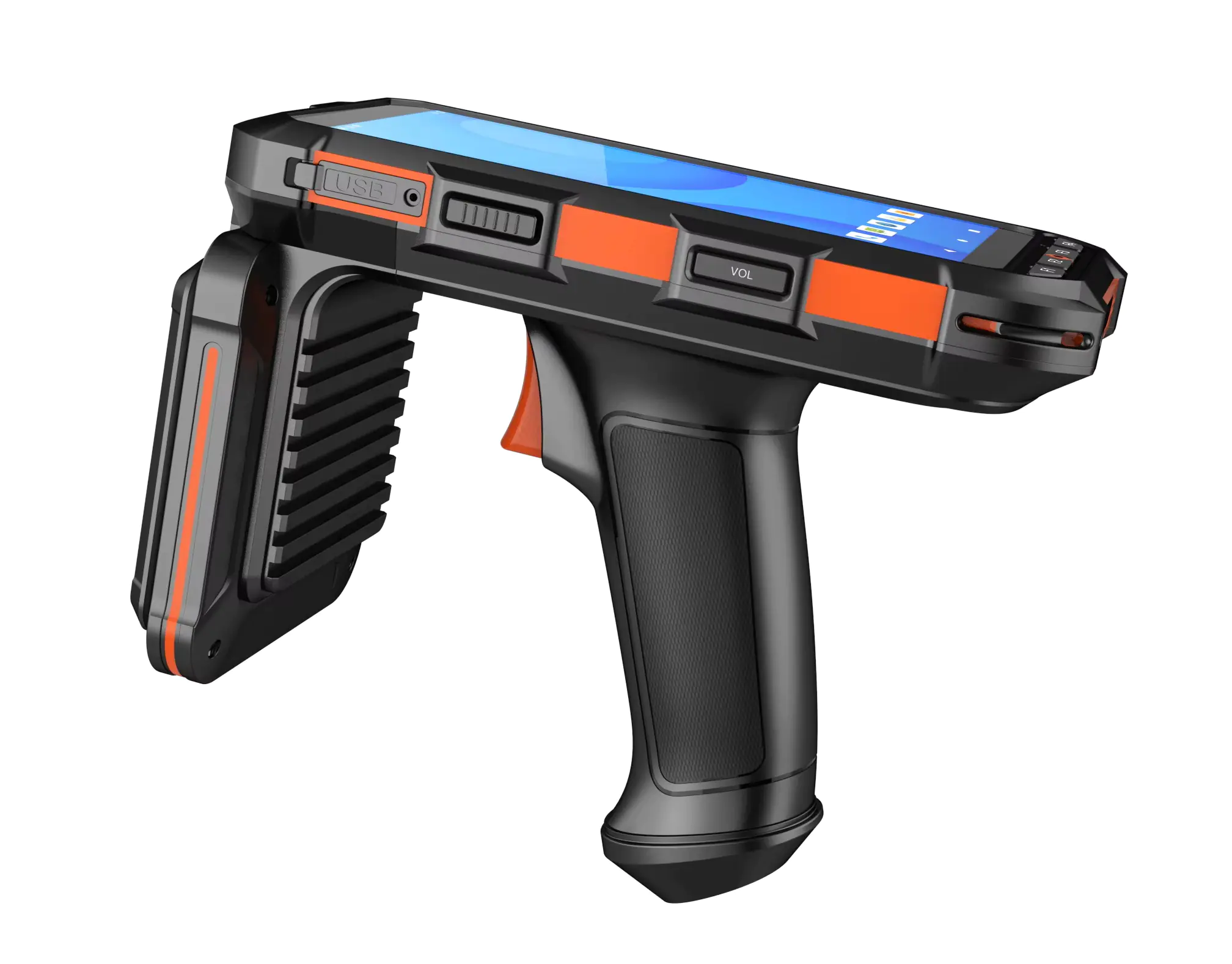
ईवी चार्जिंग स्टेशनों में आरएफआईडी रीडर्स के लिए आवश्यक विचार
विषयसूची
How RFID Enhances Electric Vehicle Charging Infrastructure
आरएफआईडी रीडर are becoming critical parts of EV charging stations. They offer contactless user authentication, access control, and seamless billing while improving operational efficiency and user experience.
In this article, we’ll explore why RFID is essential in EV charging stations, how it works, its key benefits, and what hardware solutions are ideal for your EV infrastructure projects.

Why RFID Technology Is Used in EV Charging Stations
EV charging stations, especially in public and semi-public environments, require a way to:
- Authenticate users
- Enable secure access
- Track energy usage
- Link charging sessions to billing accounts
RFID readers provide a simple and effective solution for all of the above. With a tap of an RFID card or NFC-enabled smartphone, drivers can activate a charging session, and operators can collect usage data and billing details without requiring complex logins or manual inputs.
How RFID Access Works in EV Charging Stations
The process is simple and user-friendly:
- User presents RFID card (or smartphone) to the reader embedded in the charger
- The RFID reader authenticates the user against a central database or local memory
- Access is granted, and the charging session begins
- The system logs energy consumption, duration, and user ID for billing/reporting
- Upon completion, the user may receive a receipt or see real-time app updates
This seamless process enhances EV charging networks’ speed, security, and traceability.
Key Benefits of Using RFID in EV Charging Stations
1. Secure Authentication
RFID ensures that only authorized users can activate a charging point. This is particularly important in:
- Private fleets
- Membership-based charging stations
- Smart cities and corporate campuses
RFID tags/cards are difficult to clone and can be encrypted for enhanced security.
2. Contactless, Hygienic, and Fast
In a post-pandemic world, contactless experiences are now expected. RFID readers enable tap-and-go charging, eliminating the need for buttons, apps, or PINs.
This speeds up access and improves hygiene — ideal for high-traffic public chargers.
3. Integrated Billing & User Identification
Each RFID card is tied to a user account or vehicle, enabling:
- Per-user billing
- Subscription-based models
- Loyalty program integration
- Charging history and analytics
This helps EV operators automate payment and reporting across networks.
4. Smart City & IoT Compatibility
RFID systems easily integrate with:
- Parking systems
- अभिगम नियंत्रण
- Public transport RFID cards
- Fleet management dashboards
They support communication standards like Wiegand, RS485, or TCP/IP, making them perfect for interconnected smart infrastructure.
5. Durable Hardware for Outdoor Use
RFID readers designed for EV chargers are typically:
- Waterproof (IP65–IP68 rated)
- यूवी प्रतिरोधी
- छेड़छाड़ विरोधी
- Designed to operate in extreme temperatures
These rugged devices can be flush-mounted into charging stations or installed externally.
पाठक को किन वायरलेस प्रौद्योगिकियों का समर्थन करने की आवश्यकता है?
RFID रीडर को अंतिम उपयोगकर्ताओं द्वारा उपयोग की जाने वाली विविध वायरलेस तकनीकों को समायोजित करना चाहिए। तकनीक का चुनाव इस बात पर निर्भर करता है कि उपयोगकर्ता स्मार्टफ़ोन या सदस्यता कार्ड या दोनों के माध्यम से सेवाओं तक पहुँचेंगे या नहीं। प्रमुख RFID तकनीकों में शामिल हैं:
- निम्न-आवृत्ति (एलएफ) आरएफआईडी (125 kHz):आम तौर पर निकटता अनुप्रयोगों के लिए उपयोग किया जाता है।
- उच्च आवृत्ति (HF) RFID (13.56 मेगाहर्ट्ज):अक्सर अधिक सुरक्षित लेनदेन और एनएफसी के साथ संगतता के लिए उपयोग किया जाता है।
- ब्लूटूथ लो एनर्जी (BLE):निकटता-आधारित बातचीत के लिए स्मार्टफ़ोन में आम।
- निकट क्षेत्र संचार (एनएफसी):उपकरणों के बीच कम दूरी के संचार की अनुमति देता है।
तकनीकी | आवृत्ति | विशिष्ट उपयोग | अनुकूलता |
एलएफ आरएफआईडी | 125 किलोहर्ट्ज | निकटता पहुँच | विशिष्ट टैग तक सीमित |
एचएफ आरएफआईडी | 13.56 मेगाहर्ट्ज | सुरक्षित लेनदेन | एनएफसी के साथ संगत |
बीएलई | 2.4 गीगाहर्ट्ज | स्मार्टफोन तक पहुंच | आधुनिक फ़ोनों में आम |
एनएफसी | 13.56 मेगाहर्ट्ज | संपर्क रहित भुगतान | एचएफ आरएफआईडी के साथ एकीकृत |
एलएफ, एचएफ, बीएलई और एनएफसी का समर्थन करने वाला एक बहु-प्रौद्योगिकी रीडर विविध उपयोगकर्ता आवश्यकताओं को पूरा करने और आपके सिस्टम को भविष्य के लिए तैयार करने के लिए लचीलापन प्रदान करता है।
Use Case: RFID in Smart EV Charging Networks
Leading EV networks across Europe and Asia use RFID to:
- Authenticate users via card or mobile wallet
- Link charging sessions to customer accounts
- Offer tiered access (public, members, corporate fleets)
- Enable smart billing and time-based pricing
- Manage multi-station networks with centralized control
RFID systems scale seamlessly from home chargers to nationwide EV fleets.
Selecting the Right RFID Reader for Your Charging Network
When choosing an RFID reader, ask:
- What tags or cards will users bring?
- Will readers need to support NFC or smartphones?
- Will you deploy the system internationally?
- Do you need waterproof or rugged enclosures?
- Will you upgrade the firmware or integrate APIs later?
A future-ready RFID solution balances performance, compliance, security, and user experience.
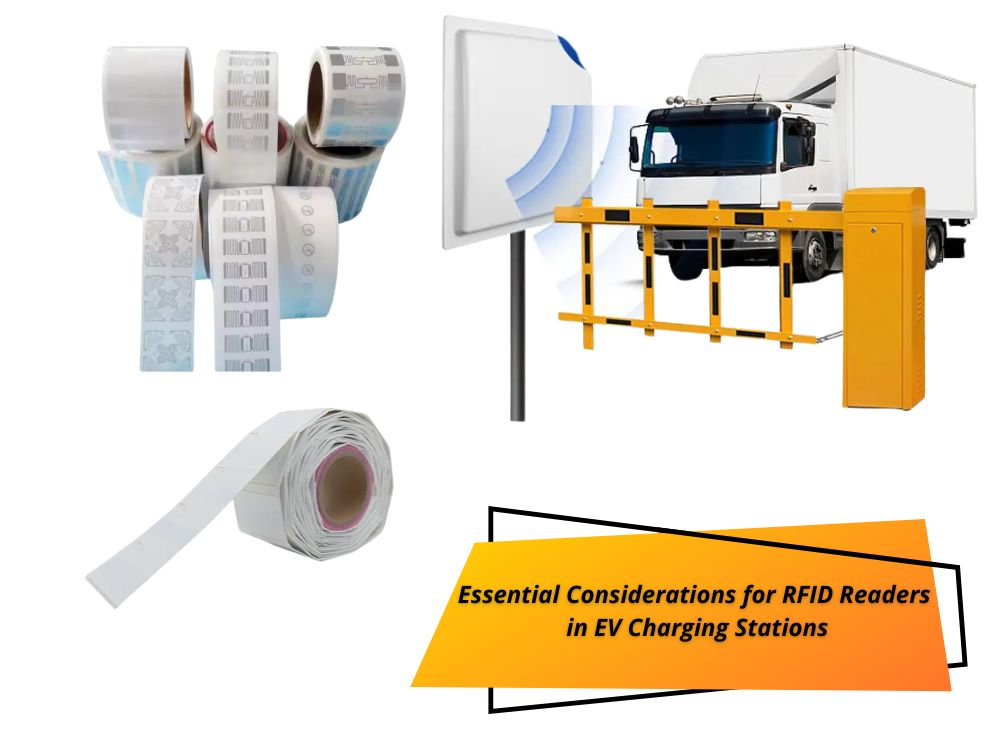
FAQs – RFID in EV Charging Systems
What is the role of RFID in EV charging stations?
RFID readers authenticate users by scanning their RFID card or tag. This ensures secure, contactless access to charging and links sessions to a user account.
Is NFC the same as RFID in EV charging?
NFC is a type of HF RFID and is commonly used in smartphones. Many RFID readers for EV chargers support both traditional cards and mobile NFC devices.
Can I integrate RFID readers with existing charging stations?
Yes — many RFID readers are designed with standard communication protocols and are compatible with most EV charger control boards.
Is RFID secure for public charging environments?
Yes — especially when using encrypted cards (like DESFire). RFID adds a layer of access control and user verification.
Ready to Power Up with RFID?
We supply RFID readers and tags designed for EV infrastructure—tested for performance, integration, and durability.
📩 Request a Free Quote or Consultation
📱 WhatsApp our RFID team: +86 138 2318 6864
- HF & NFC RFID modules
- Panel-mount and waterproof readers
- OEM support & custom encoding
- Global delivery available
टिप्पणियाँ
गर्म उत्पाद
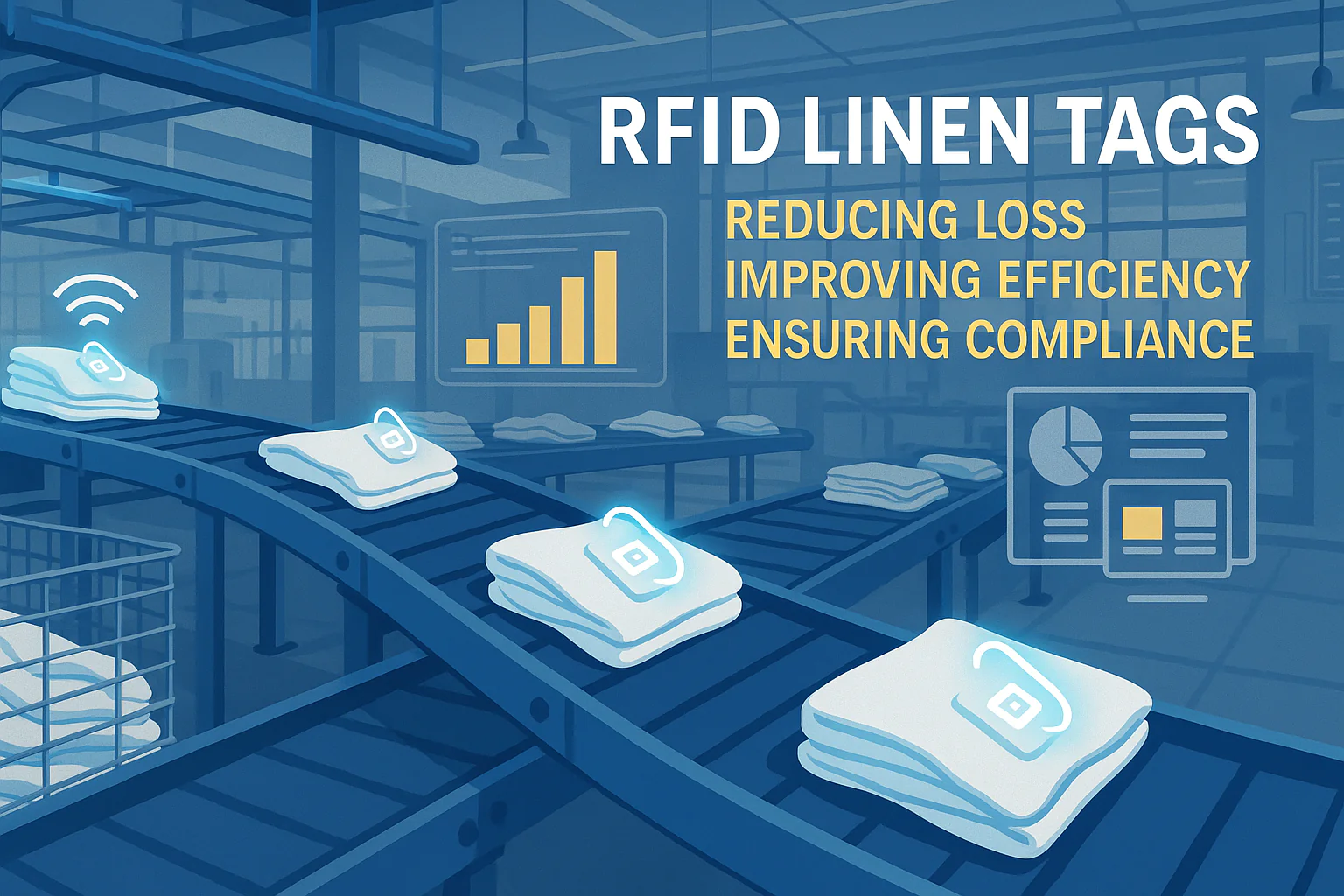
The Benefits of RFID Linen Tags in Commercial Laundry
Managing laundry in hospitals, hotels, or large laundry services is a big job. Each day, thousands of sheets, towels, and uniforms are washed, sorted, and sent back out. But problems like lost linens, sorting mistakes, and manual counting can cost companies a lot of money. For example, mid-sized hotels can lose over $200,000 each year from missing linens.
That’s where RFID Linen Tags come in.

RFID Laundry Tag Guide 2025: Smarter Tracking, Less Waste, and Real Results
Did you know that smart RFID systems can reduce laundry losses by up to 95%? That’s a game-changer for laundry businesses that lose time and money tracking items manually.
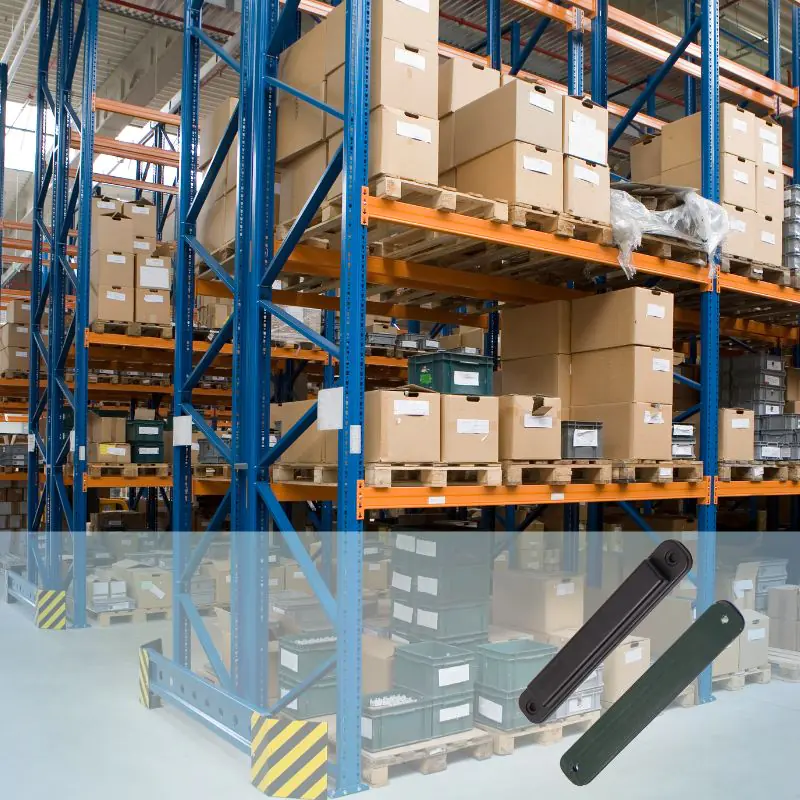
How RFID Tags for Pallet Streamline Tracking in Warehouses
Pallet-level tracking is critical for inventory accuracy, operational efficiency, and real-time visibility in today’s fast-paced logistics and supply chain environments.
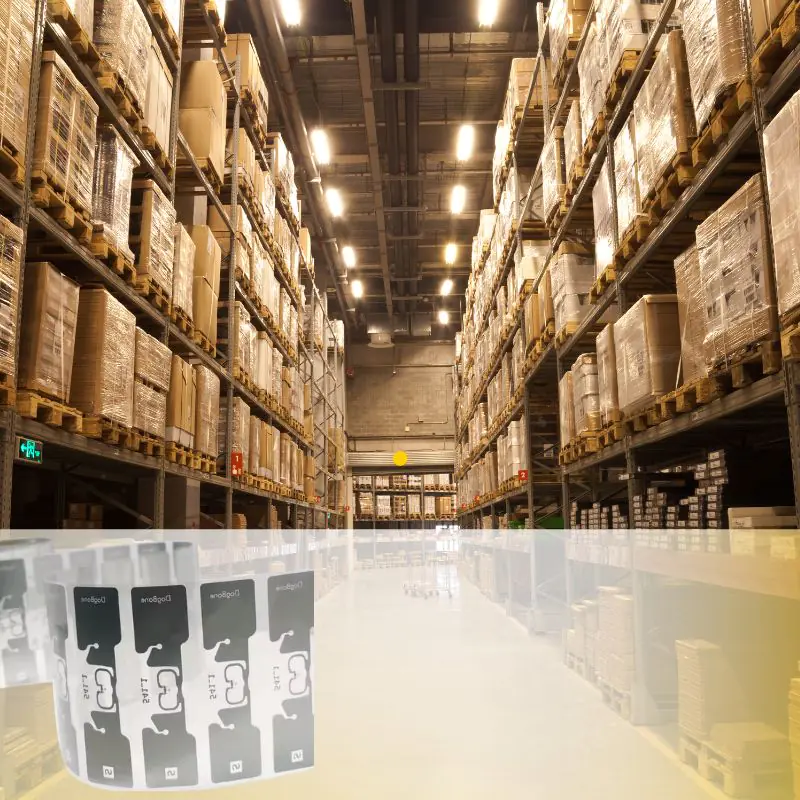
Top 5 Types RFID Tag for Warehouse Automation
Warehouse operations are becoming more complex, and manual tracking methods can’t keep up. RFID tags for warehouse automation enable real-time data capture, faster inventory processing, and better traceability.

RFID Smart License Plates Help Hengshui to Track The E-Bikes
As urbanization accelerates and the green travel movement gains momentum, electric bicycles have become vital to daily commuting in Hengshui, Henan Province.

पीसीबी टैग क्या है?
जानें कि कैसे नवीन टैग और आरएफआईडी समाधान खुदरा और रसद से लेकर स्वास्थ्य सेवा और शिक्षा तक के उद्योगों को बदल देते हैं।
टैग
संबंधित ब्लॉग

The Benefits of RFID Linen Tags in Commercial Laundry
Managing laundry in hospitals, hotels, or large laundry services is a big job. Each day, thousands of sheets, towels, and uniforms are washed, sorted, and sent back out. But problems like lost linens, sorting mistakes, and manual counting can cost companies a lot of money. For example, mid-sized hotels can lose over $200,000 each year from missing linens.
That’s where RFID Linen Tags come in.

RFID Laundry Tag Guide 2025: Smarter Tracking, Less Waste, and Real Results
Did you know that smart RFID systems can reduce laundry losses by up to 95%? That’s a game-changer for laundry businesses that lose time and money tracking items manually.

How RFID Tags for Pallet Streamline Tracking in Warehouses
Pallet-level tracking is critical for inventory accuracy, operational efficiency, and real-time visibility in today’s fast-paced logistics and supply chain environments.



